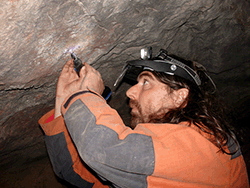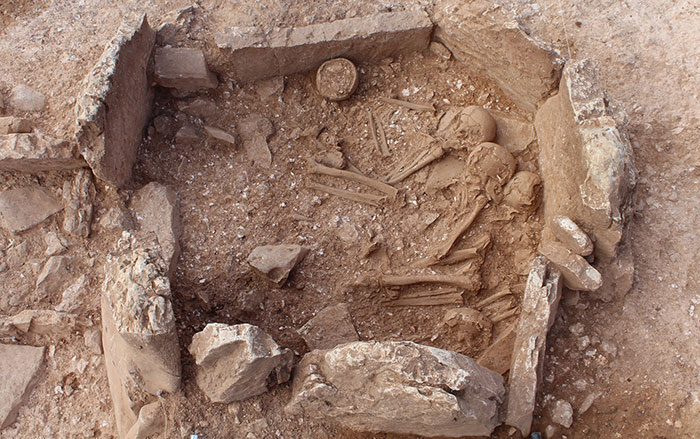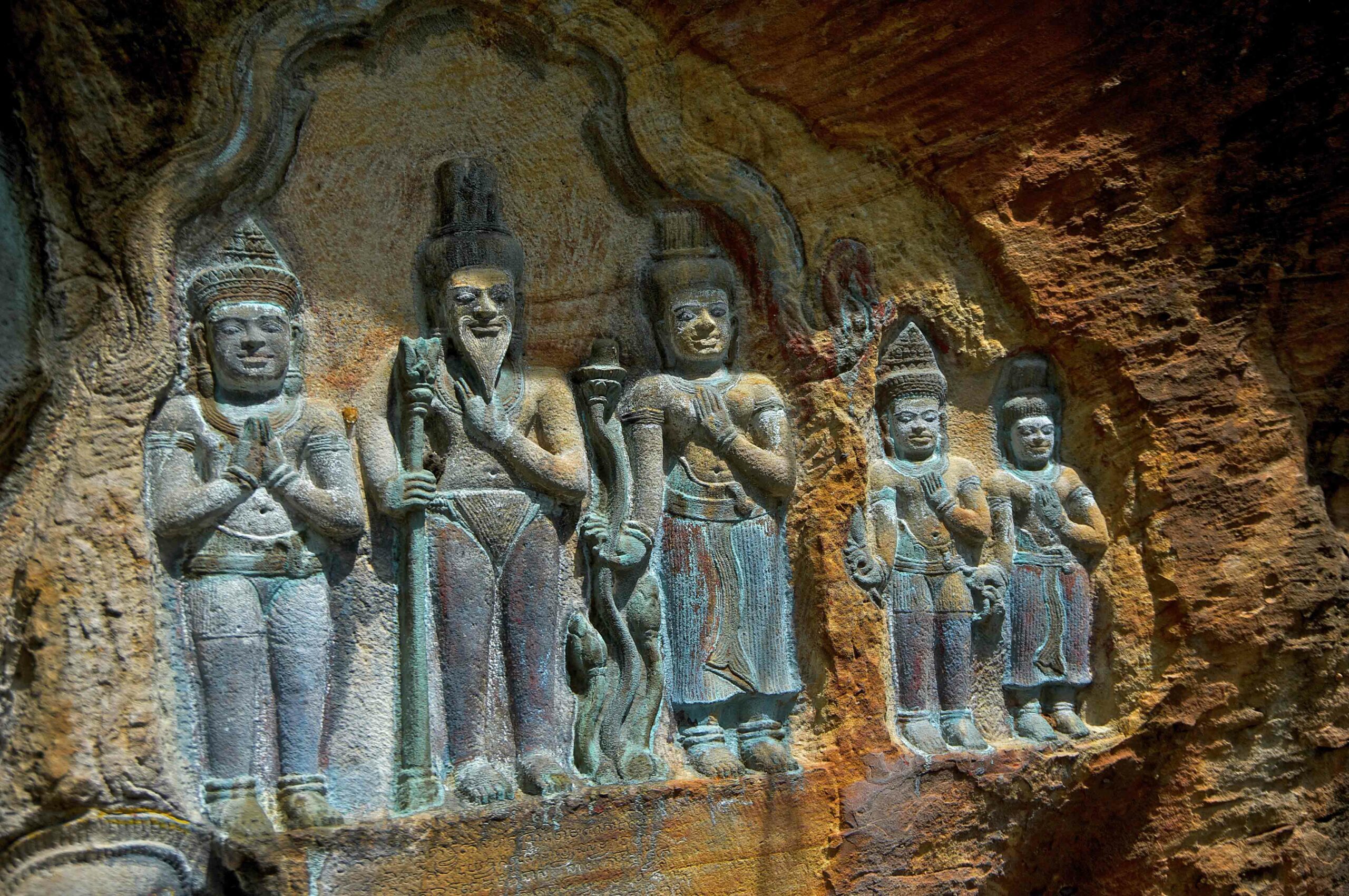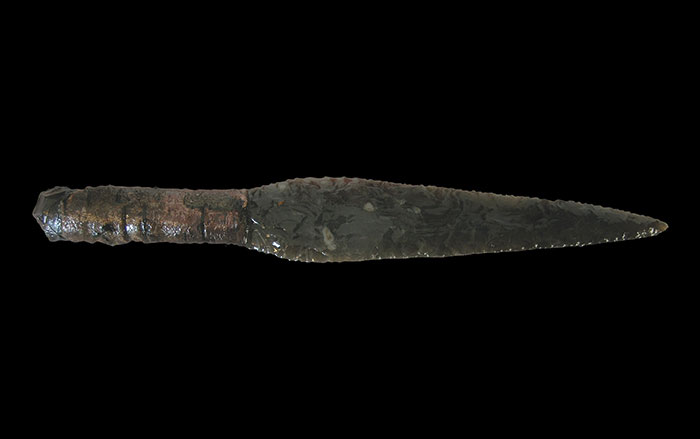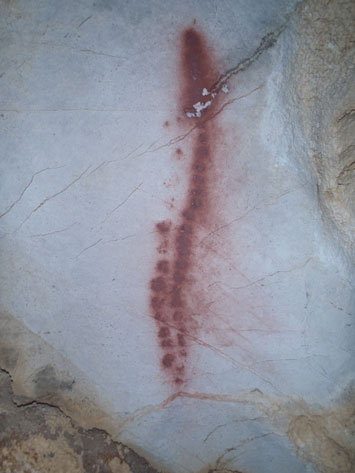
CANTABRIA, SPAIN—Cavers in northern Cantabria discovered Paleolithic paintings in Aurea Cave, near the River Deva, according to a statement made by culture minister Miguel Angel Serna and reported in The Local. The reoccurring images, found in different parts of the cave, are made up of red, vertical lines and dots. Some of the paintings appear to have been made with a fingertip, while others may have been produced by blowing paint onto the wall. “A finding of these characteristics is not found every day, and represents a significant contribution to our heritage, making Cantabria the European capital of rock art,” Serna said. To read an interview with the director Werner Herzog about Paleolithic art, see "The Birth of Art."


